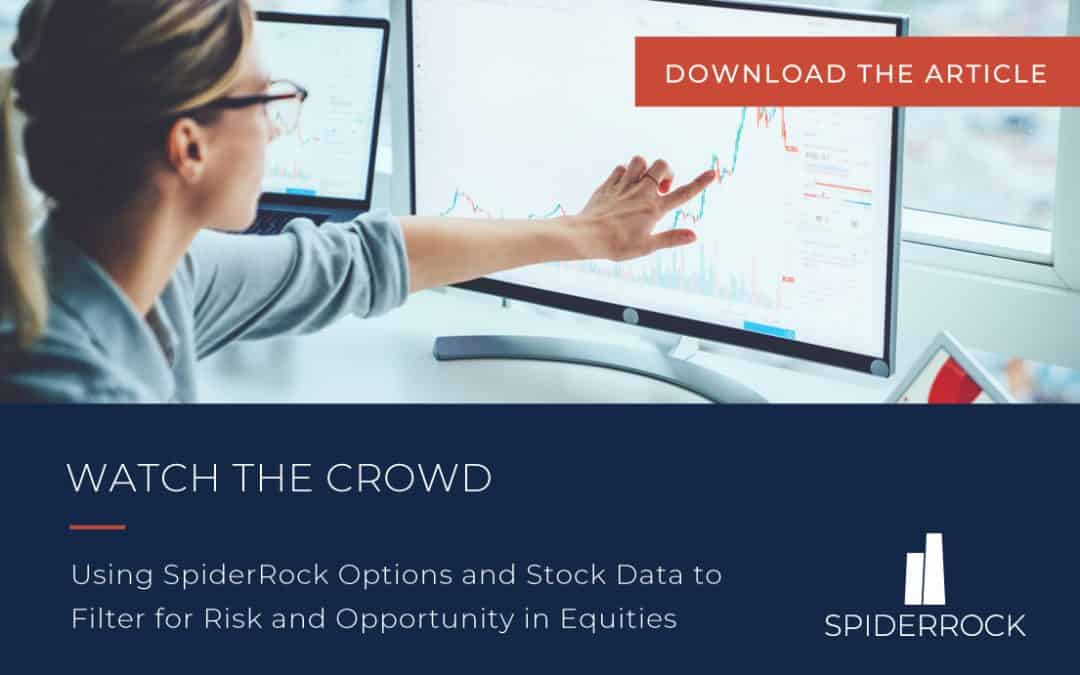Let’s take a walk down meme-ory lane. It is the end of January 2020 in Chicago, a month that averaged a relatively mild 34-degrees and not much snow (7.8 inches total). Meanwhile, 77,026 GameStop options were traded. The stock exhibited volatility by the standards of the time, starting the month above $6/share and ending the month below $4/share.
Fast-forward. It’s the end of January 2021. It was a bit colder (a 32-degree average) in Chicago than the prior year and the city got much more snow (21.9 inches total).
In the month, 25,166,766 GameStop options were traded.
The stock set new standards for volatility, beginning January at $19/share and getting as high as $483/share on the back of rabid social media hype alongside broader market participant positioning and (gamma) hedging needs. Options pricing unhinged from common presumptions. Check out our related post here.
Now, we’ve ‘celebrated’ the one-year anniversary of the GameStop/meme stock sensation and it’s not over yet, though the trading in GME itself has cooled (alongside the average January temperature in Chicago, 30-degrees). This past month, 4,451,622 GameStop options changed hands while the stock traded in a ‘tame’ $60 range, wrapping the month at $108.
With flows in markets sloshing and rippling daily through options markets amid geopolitical risk, FOMC communications, COVID variants, domestic political saber-rattling, roaring cats, and the rest, our constant question is, how can we best provide the tools to prepare and deal with whatever will make the next headlines?
Check out our full paper to learn how to deploy options flow data and take advantage of the opportunities this ongoing phenomenon offers.
For an instant download the full article, enter your details below.
